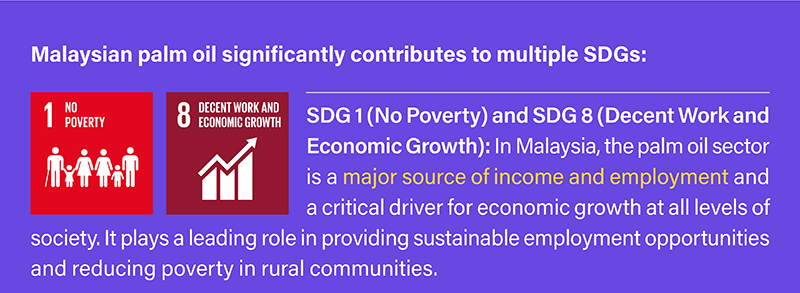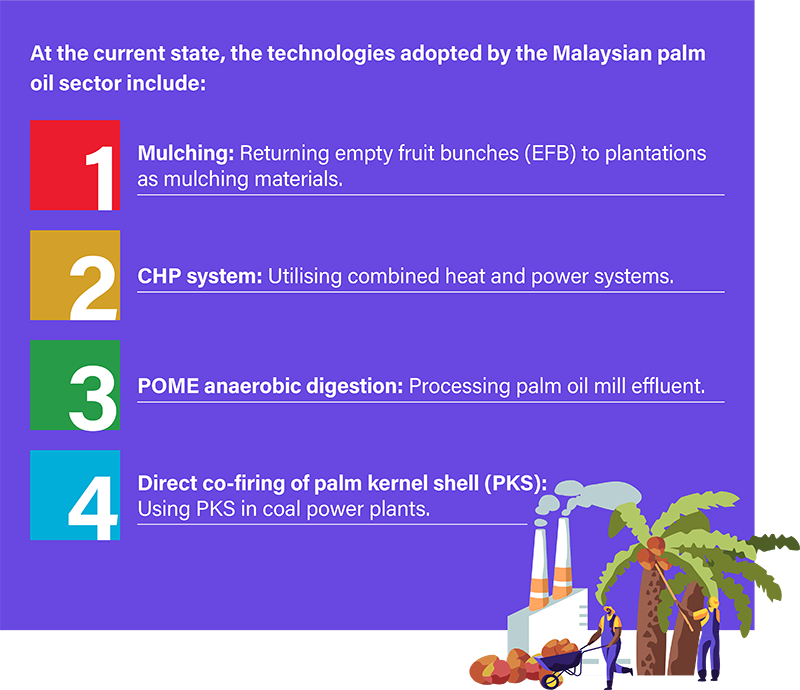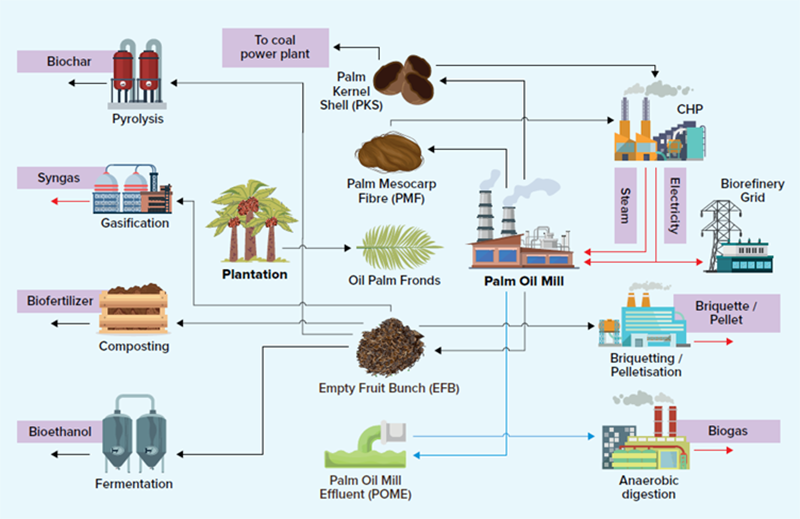Frequently Asked Questions (FAQ)
Your go-to guide for understanding the palm oil industry and gaining insights into sustainability, environmental impact, and industry practices.


One major misconception is that palm oil from the Global South, is inherently unsustainable. This narrative has influenced restrictive trade policies, particularly in Europe. However, Malaysian palm oil has achieved significant sustainability milestones, such as near-zero deforestation rates and efficient land use. The industry's compliance with stringent sustainability certifications, such as the Malaysian Sustainable Palm Oil (MSPO), underscores its commitment to environmental stewardship and sustainable development.
In 2015, United Nations General Assembly Resolution 70/1, Transforming our world: the 2030 Agenda for Sustainable Development, established 17 SDGs with a “pledge that no one will be left behind.” At the halfway point to the 2030 deadline for achieving them, a critical assessment reveals mixed success.





Success in achieving the SDGs, particularly in global agriculture, hinges on recognising the benefits of smallholder agriculture, including palm oil. Malaysian palm oil and the smallholder farmers that produce it exemplify the potential for sustainable, inclusive growth supporting economic development and environmental stewardship. Embracing and supporting their role is vital for the global pursuit of a more sustainable and equitable future.
Source:

As nations transition to low-carbon economies and meet their net zero or carbon neutrality targets, several biomass conversion technologies are being explored to further reduce GHG emissions. These include mulching, combined heat and power (CHP) systems, anaerobic digestion, briquetting, pelletisation, composting, fermentation, gasification, and pyrolysis.

The current state of technology adoption has resulted in a 68.8% reduction in baseline emissions. In the current industry practice, EFBis mainly returned to plantations as mulching materials. In some palm oil mills, EFB is converted into value-added products such as pellets, biofertiliser, animal feed, dried long fibre, and others.


Overview of current and emerging emission reduction technologies.
Source:











